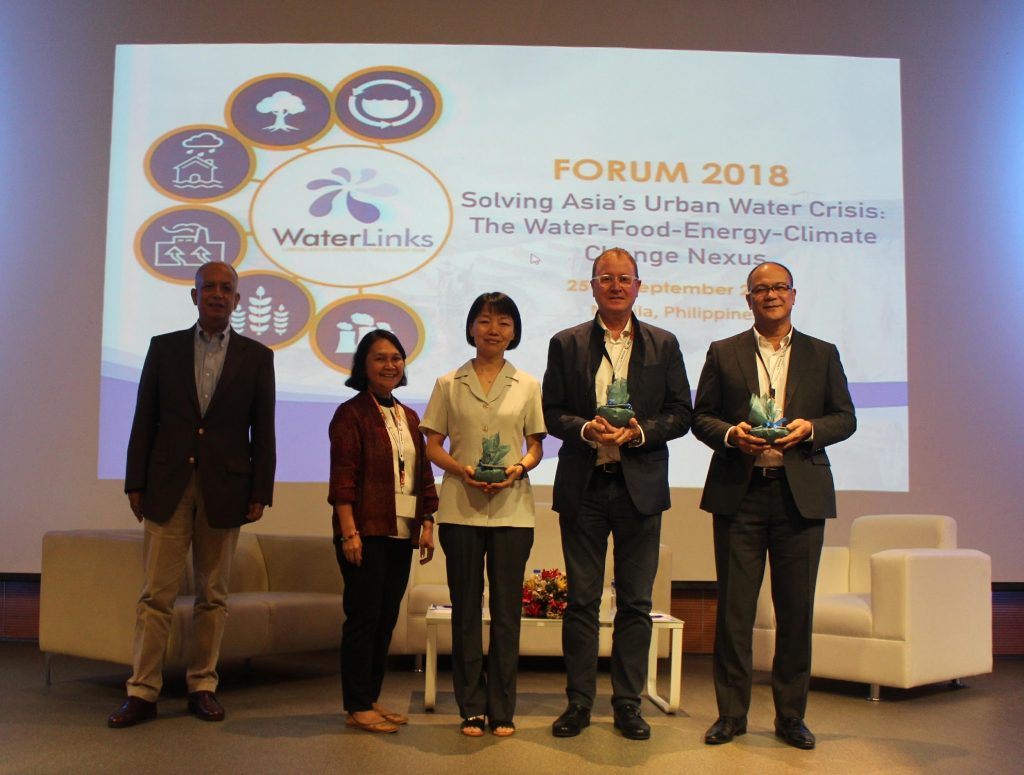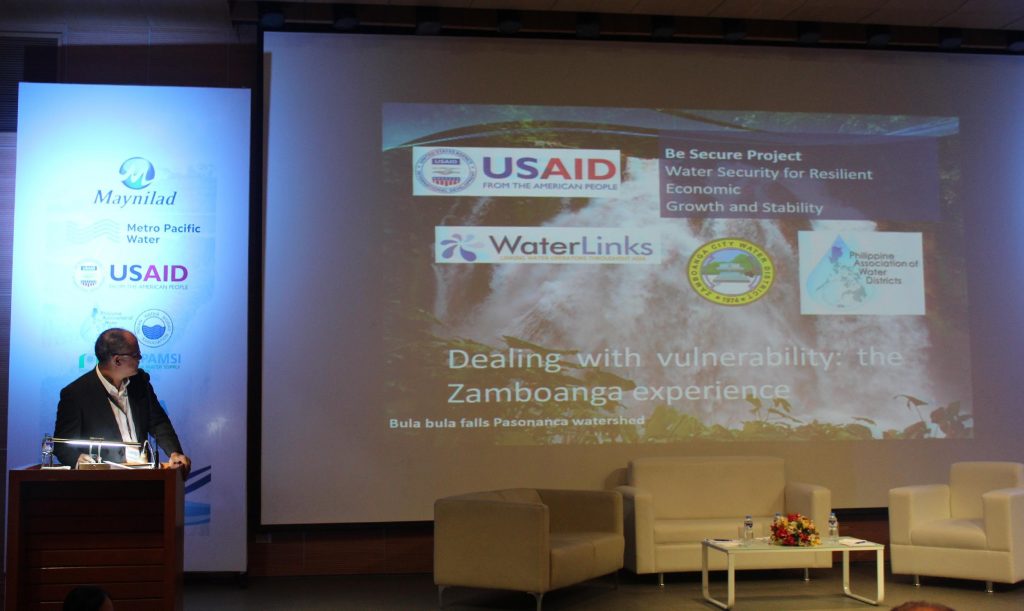
The years 2014 to 2016 were trying years for Zamboanga City Water District, the city’s water utility firm.
It endured one of the worst periods of drought brought about by the ‘El Nino’ weather phenomenon.
It left the local water firm badly depleted forcing long hours of water interruption as it had to resort to water rationing, going a record high 8 hours without water in a day for households to allow others a chance to store water for household use.
It was vulnerable to the elements as ZCWD gets most of its raw water supply from surface water mainly through the Tumaga River.
Long hours of water rationing, water tankers worked double time around the clock trucking water to customers, its over 20 production wells running 24/7 to augment water supply in an effort to supply its over 60 thousand customers.
The experience taught everyone a hard lesson as management and staff of the local water firm rallied worked double time in addressing the immediate needs of the district to prepare contingencies in meeting the challenges ahead.

General Manager Leonardo Rey D. Vasquez, addressing a ‘Waterlinks’ forum of both local and foreign participants, said Zamboanga City Water District since then evolved plans and moved to ‘operationalize’ projects that boosted water production.
It has also adopted programs an Emergency Response Plan and a Climate Resilient Business Plan.
The water firm in close coordination with the USAID adopted and championed a Water Demand Management program, seeking to work at the grass root level on a system to address the high incidence of ‘Non-Revenue Water’ loss.
It has forged agreements with the academe in institutionalizing the propagation of the program in schools citywide.
It has in fact designated Western Mindanao State University as its training partner in Water Demand Management.
Vasquez said the experience exposed the weak links in the local water system mainly the lack of modern water production facilities, old and antiquated pipelines, and lack of water storage facilities.
It also forced ZCWD to open and explore channels of cooperation with outside parties that included the local government unit, aid agencies and non- government organizations, realizing the provision of water was not a responsibility of the local water firm alone but a concern of everyone.
Since then a 50 (MLD) production plant came on stream 2016 in the west coast to boost water supply in a joint venture effort with a private entity, a modern 23 kilometer pipeline was built to pipe down the water to the city proper in the west coast area, an intensified NRW reduction program kicked in with another joint venture with the private sector, just some of its planned innovations in addressing its ‘vulnerabilities’.
More are in store, such as the planned construction of a huge water impounding dam, that will allow the district to store water during the rainy season for use during prolonged dry spells, the expansion of a water sewage and septage system that will allow the district to treat waste water for re-use and identifying and tapping more water sources to integrate into the system.
Vasquez presented ZCWD’s case in day three of the forum at the MK Tan Hall entitled Dealing with Vulnerability. The Zamboanga Experience along with Jingmin Huang of the Asian Development Bank and John Batten the Global Cities Leader, Arcadis of Hongkong.
The 3-day Water Links forum held at the Unilab Bayanihan Center in Pasig, had for its theme, ‘Solving Asia’s Urban Water Crisis: The Water-Food-Energy-Climate Change Nexus’. (Ed Baños-CREAS ZCWD)
